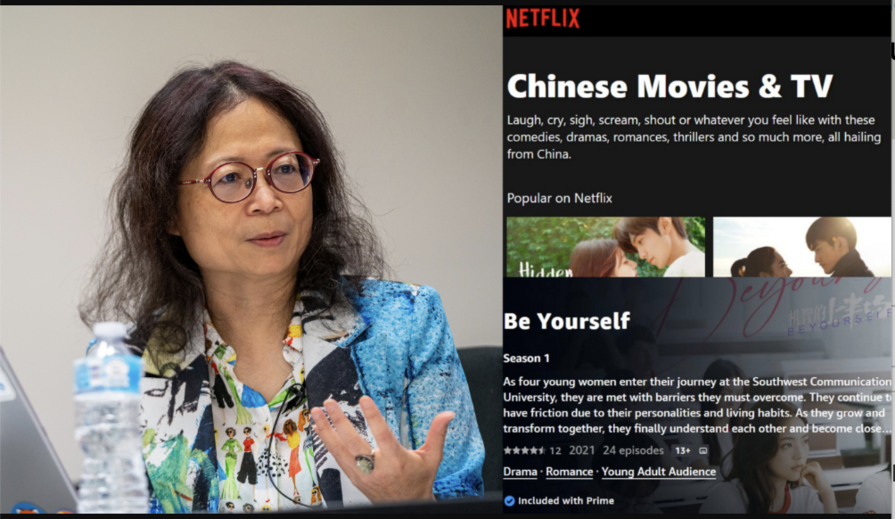Graduates of Peking University.
Subscribe to our weekly newsletter to get it delivered straight to your inbox!
While COVID has changed what college life has looked like in 2020 and now 2021, what hasn't changed is the importance of education for individuals and nations. According to the U.S. Bureau of Labor Statistics, each additional degree increases one's earning potential and decreases the odds of being unemployed. But while a college degree is desirable in both the U.S. and China, the access and cost of that education can differ greatly based on where you are.
Below, our maps look at the relative population per state or province compared to the number of 4-year universities available. The lower the number, like in Vermont and Beijing, means there are fewer people per institution whereas the higher numbers, such as in Wyoming or Guangdong, means there is likely greater competition for each enrollment slot. Of course, many in the U.S. and China pursue other forms of training, including at community colleges and vocational schools.
Of course, getting in is only the first step. Paying for college is a challenge for many. In the U.S. tuition and fees have risen faster than inflation and many students and their families have taken on debt to pay for school. In 2019, the College Board found the average tuition and fees for in-state students at public schools to be US$10,440 and room and board averaged US$11,510. Costs for out of state students or for private schools were considerably higher. Americans are now carrying US$1.7 trillion in student loan debt. Covid-19 caused the postponement of China's higher education exam last year. Still, 10 million students took the high stakes gaokao (高考), with the score determining which univeristies will accept you. While it is relatively easy for those with residency in college-rich Beijing and Shanghai, admission to top schools is highly competitive. Tuition is more affordable (about US$1,000-1,750/year) and living costs lower (perhaps US$2,500/year), but this is still a strain for many families. Because college is seen as key to a child's (and family's) future, enormous energy and often money goes into preparing for the exam. In recent years, some have protested against the distribution of educational opportunities and some have protested against efforts to afford more opportunities for students from poorer regions.





